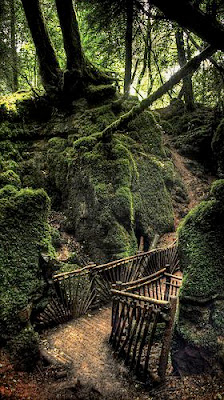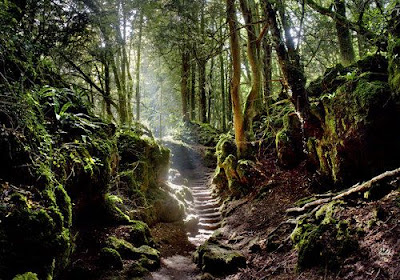The books I am picking up these days are not entirely different to the ones I would reach for before, but they certainly have more of an environmental or eco-spiritual bent to them; which is why I was so surprised to be confronted with a new theory about King Arthur in a book about hunter-gatherers!
Ffyona Campbell’s small but beautiful book, The Hunter-Gather Way is part memoir, part anthropological investigation, part thought-experiment and part field guide. It is a quick read but an absolute treasure, with more to take away than in many books ten times its size.
Campbell reached the subject of King Arthur after first considering the purpose of Stonehenge, which led her on to Druids. Although discovering the Druids wouldn’t have had anything to do with the construction of Stonehenge, she did find out that they first learned how to extract iron out of iron-ore at the headwaters of the Danube, the land of the Celts. She tried to imagine demonstrations of the process to a new observer, and how much it would look like a fiery magic that resulted in drawing blood out of a stone!
And then…
“This led me to thinking about King Arthur.
King Arthur lived much later, just after the fall of Rome, when England was about to be invaded by all and sundry and so it needed defending. The call went out for: ‘whoever can pull the sword out of the stone will be the next King of England.’ I realised they didn’t mean, ‘whoever can pull this sword that’s sticking up out of this stone,’ they meant, ‘whoever can get iron out of iron-ore to make swords and so defend England will be the next King.’
And why would Arthur have been able to do this as opposed to anyone else? Because Arthur’s teacher was Merlin, and Merlin was an old Druid.
It makes sense too that Excalibur was found in the lake because the Celts, all those years before, had thrown beautiful iron items into the lakes and rivers to give thanks for where they had worked out the technology at the head waters of the Danube.”
Possible? I’m not sure. But a wonderful idea nevertheless on a subject I will never grow bored of!
You can visit Ffyona Campbell’s website here.
Related King Arthur posts:

















